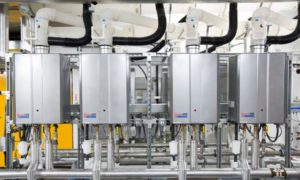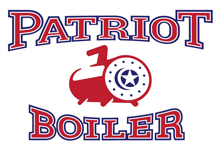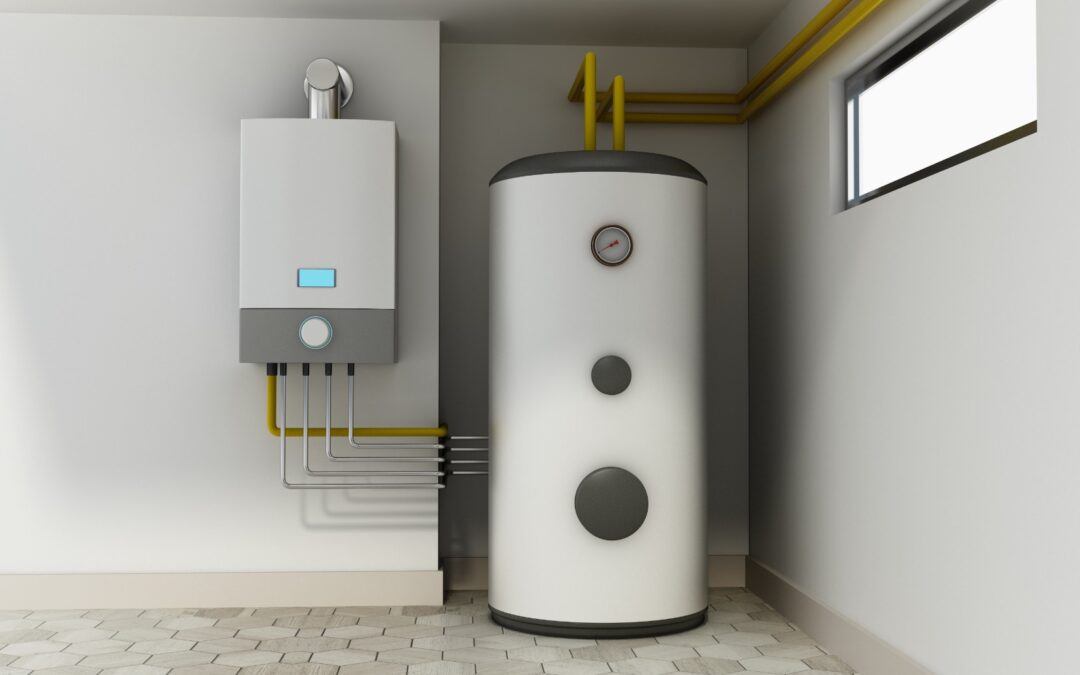What Is Boiler Water
Boiler water is liquid water meant for evaporation into steam. It is found within a boiler or in related pipework, pumps, and other machinery. The phrase can also refer to processed boiler feedwater, raw water destined for use in boilers, steam condensate being returned to a boiler, and boiler blowdown being discharged from a boiler.
As steam evaporation occurs, impurities in the water will leave behind solid deposits. These solid buildups thermally insulate heat exchange surfaces. It does this by first slowing down steam production and perhaps raising the failure temperature of boiler metals. Before surviving boiler operators discovered how to clean their boilers routinely, boiler explosions were commonplace. Differential thermal expansion caused brittle crystalline crystals to shatter and flake off metal boiler surfaces. Some solids may be removed by chilling the boiler. Using acid washing or mechanical scouring also eliminates other solids. Different boiler blowdown rates might lessen the need for cleaning. However, until chemists developed ways to measure and alter water quality, efficient operation and maintenance of individual boilers relied on trial and error.
Boiler Water Treatment
The removal or chemical alteration of contaminants that might harm the boiler is the primary goal of the industrial water treatment process known as boiler water treatment. Several forms of treatment are applied in various areas to prevent scale, corrosion, or foaming. Before entering the boiler, contaminants are removed by external treatment of raw water sources intended for use inside. Before being evacuated from the boiler during boiler blowdown, pollutants are maintained in forms that are least likely to create problems. This helps decrease the potential of water to dissolve the boiler.
Water shows distinct physical and chemical characteristics at the high temperatures and pressures found within a boiler than those seen at ambient temperature and atmospheric pressure. To prevent foaming, consume oxygen before it corrodes the boiler. Then precipitate dissolved solids before they form scale on steam-generating surfaces. And lastly, remove those precipitates from the area around the steam-generating characters. You can add chemicals to maintain pH levels while minimizing the solubility of boiler materials in water.
The condensed steam is recycled for use within the boiler in many big boilers, including those used in thermal power plants. Despite being distilled water, steam condensate could also include dissolved gases. By eliminating potentially harmful gases, including oxygen, carbon dioxide, ammonia, and hydrogen sulfide, a deaerator is frequently used to convert condensate to feedwater. Adding a polisher (an Ion exchange vessel) aids in maintaining water purity and, in particular, guards against condenser tube leaks that may harm the boiler.

All boilers lose some water in steam leaks. However, some are intentionally wasted as boiler blowdown to remove impurities from the boiler.
Steam locomotives and boilers generating steam for use in direct contact with contaminated materials may not recycle condensed steam. Replacement water is required to continue steam production. Make-up water is initially treated to remove floating and suspended materials. Substituting sodium[18] for divalent cations of dissolved calcium and magnesium may soften hard water intended for low-pressure boilers. It is most likely to cause carbonate and sulfate scale. High-pressure boilers typically require water demineralized by reverse osmosis, distillation, or ion exchange.
If you want to learn more and get the best boiler services for your needs, contact Patriot Boiler today!


Recent Comments